Keeping Your Home Computer Safe and Secure
Welcome back to our series on home computer security! We’ve talked about antivirus, antispyware, firewalls, and strong passwords. This post may be the hardest for a lot of people, because it involves changing the way you use the Internet. You don’t have to be paranoid, just be mindful of what you read and download, and you’ll be much safer.
Surf Smart and Stay Away from Spam
Everyone knows what spam is, and most of us can recognize it, but it bears repeating. If you don’t recognize the address an email came from, don’t open it. You know if you signed up for a newsletter or updates from a certain site – if you didn’t, don’t open it, just delete it. Anything that appears to come from a large company, unless you gave them your email address for ordering or other purposes, will be spam, and should be immediately deleted. If you want to be extra safe, delete anything that appears to come from someone you know, but has a subject line that doesn’t look right. You know how your friends and family talk and/or type. If the sender looks right but the subject line doesn’t, delete it. Then email or call your friend and tell them the subject line looked iffy, so you didn’t open it, and if it was real, would they please send it again. They’ll understand. You might also recommend that they clean their computer.
As mentioned previously(link to spyware post), some free programs that you can download have spyware built in. The way to avoid loading down your computer with it is simple. Read everything that pops up before you install anything! One of the most common things you’ll see with free programs is a toolbar. A box will come up with check boxes next to every item the program is trying to install, and if you see anything that says “toolbar” or “search”, make sure to uncheck it. If you don’t, once you have a few of these programs downloaded, you’ll have six inches of toolbars on your screen and very little space to view any web pages. While you’re looking for toolbars, read everything else with a check box next to it. Most of the time, you can uncheck every last one of those with no effect on the program you’re downloading. If you uncheck anything that would prevent the program from working, it will tell you. At that point, you make the decision whether or not to continue.
When downloading a free program, you may also get a box that says “publisher could not be verified” and asks if you want to continue. This can go either way. It means that Windows does not recognize the creator of the program, for whatever reason. It’s actually very common and, usually, it’s not that big a deal. If it’s a well-known program, there’s nothing to worry about. However, if you’ve never heard of this program before, and don’t know anyone who uses it, try searching for reviews of the program online before you install it. It’s a good rule to follow anyway, but especially if you get a “publisher could not be verified” message.
Another thing to look out for is random pop-ups that tell you something needs to be updated. If you see one of these, do not click on it! Instead, go to the official page or other trusted source for the application and get an update there. There was recently a hoax update that locked up the computer, activated a webcam, and said “searching for face”. It popped up on an ISP website, and looked very official. It also resulted in the computer having to be wiped, which means anything that wasn’t backed up was lost and everything, including the Windows operating system, had to be re-installed. This is more than just a hassle; it can run into quite a bit of money. Don’t let that happen to you! It doesn’t matter what website it seems to come from, or how real it looks – never try to get updates from a pop-up.

